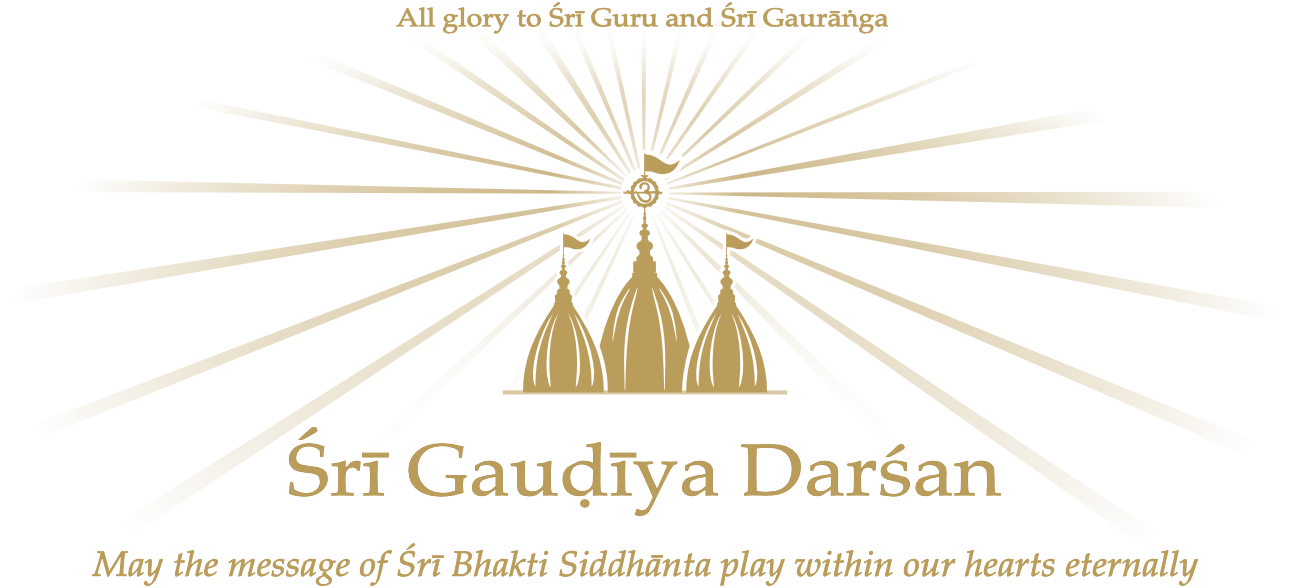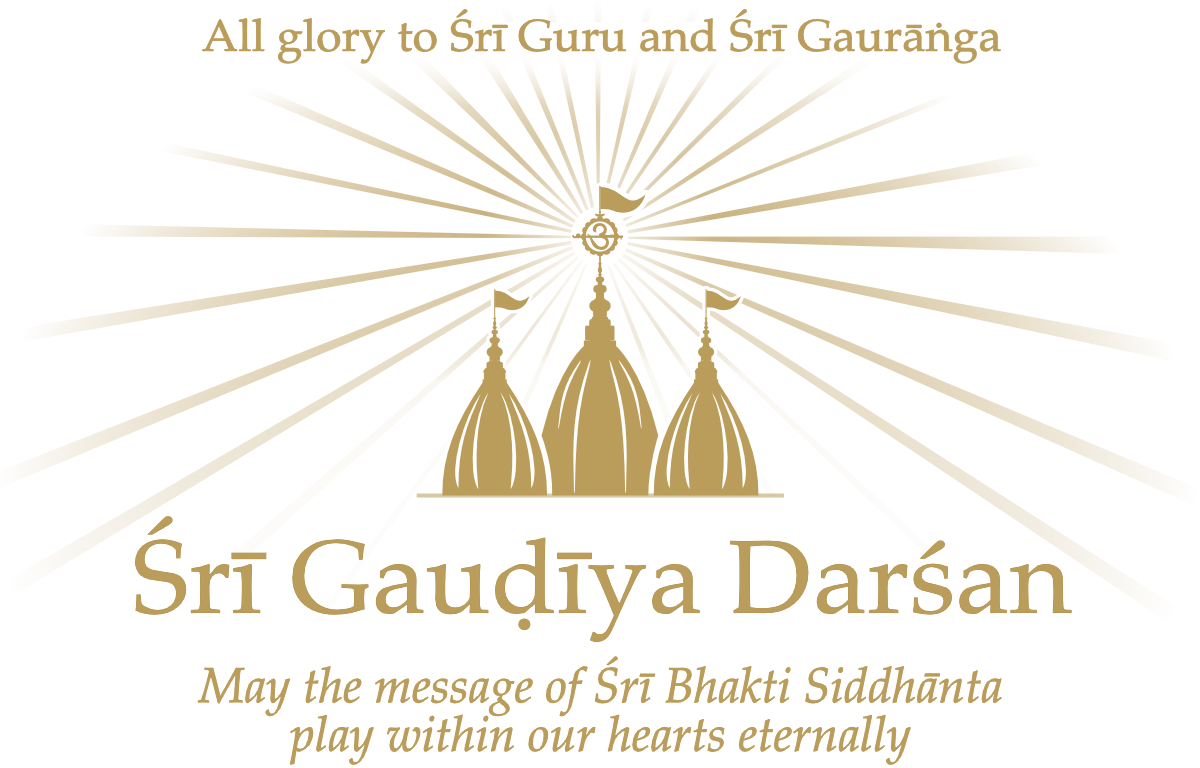Tag: Lila
-
In honour of Sri Radhastami, we are presenting the verses on the Temple of Love and Affection which directly Srimati Radharani. A passage from the upcoming release Amnaya-Tattva accompanies them in which Srila Bhakti Sundar Govinda Dev-Goswami Maharaj speaks about these three verses.
-
In preparation for Janmastami, we are presenting in this post two verses which adorn the Temple of Love and Affection that describe the general position and supremacy of the Pastimes of Svayam Bhagavan Sri Krishna, followed by a discussion of these verses by Srila Govinda Maharaj excerpted from the upcoming release Amnaya-Tattva.
-
In this post we are completing our series on the verse vikrīḍitaṁ Vraja-vadhūbhir idaṁ cha Viṣṇoḥ from the Temple of Love and Affection. Herein we are presenting the translation and purport of this verse given by Srila Bhaktivinod Thakur in his Amrita-Pravaha-Bhashya and some additional comments by Bhagavan Sri Srila Bhakti Siddhanta Saraswati Thakur and…




